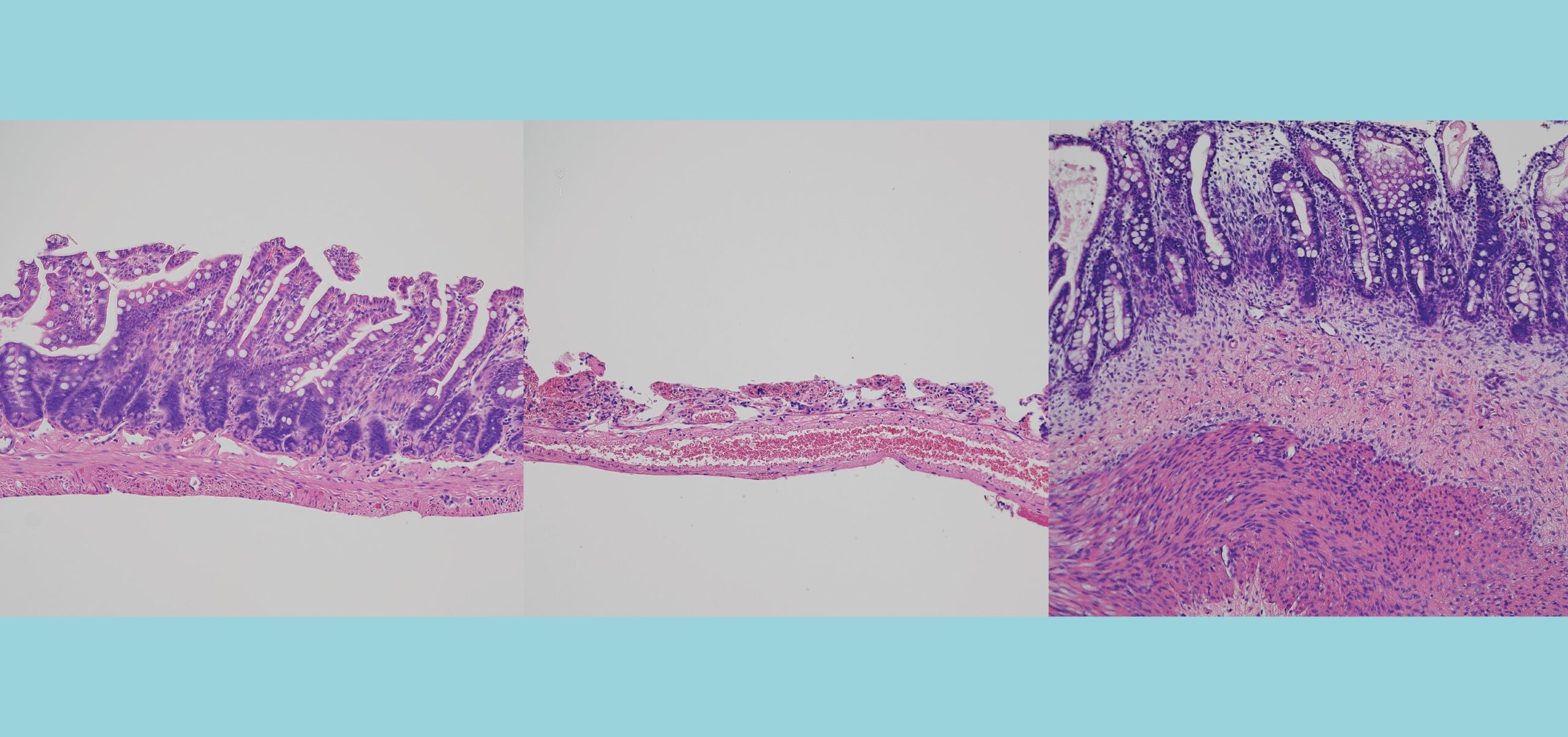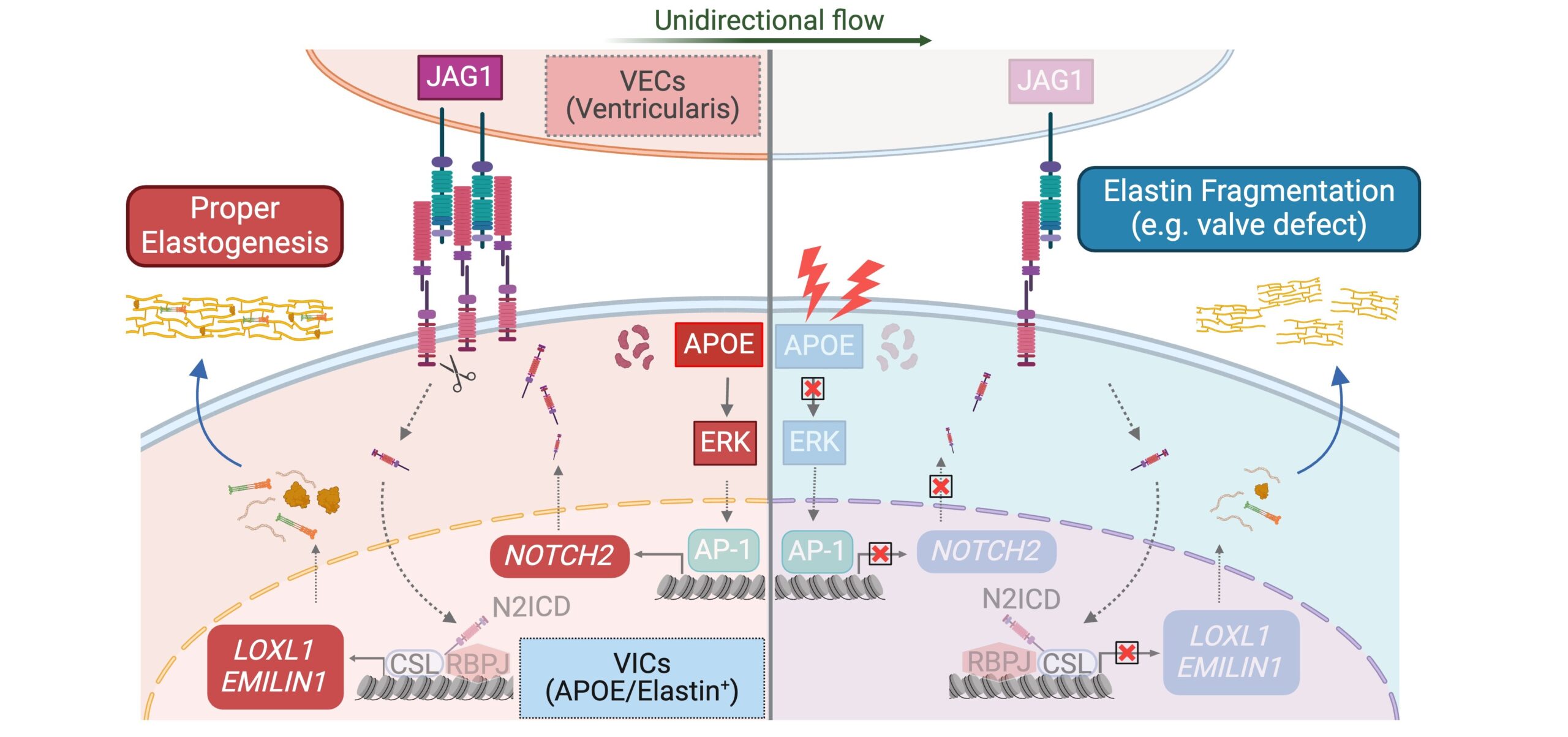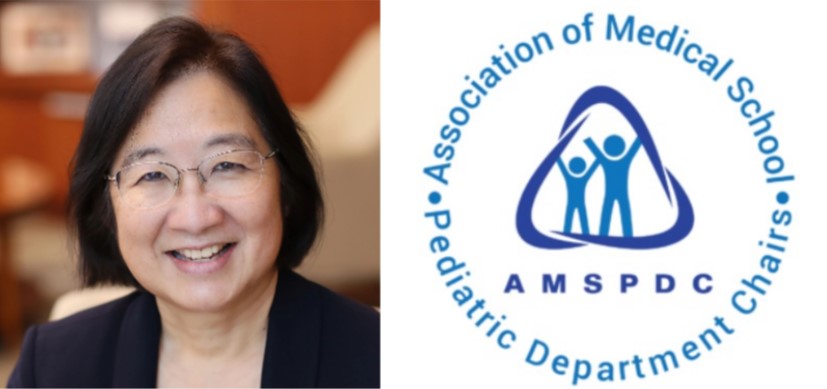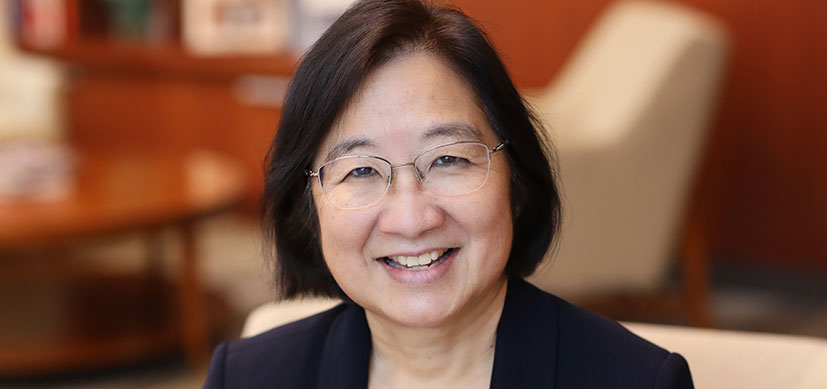Shared Facility Spotlight: Pluripotent Stem Cell Facility
Post Date: July 15, 2024 | Publish Date:
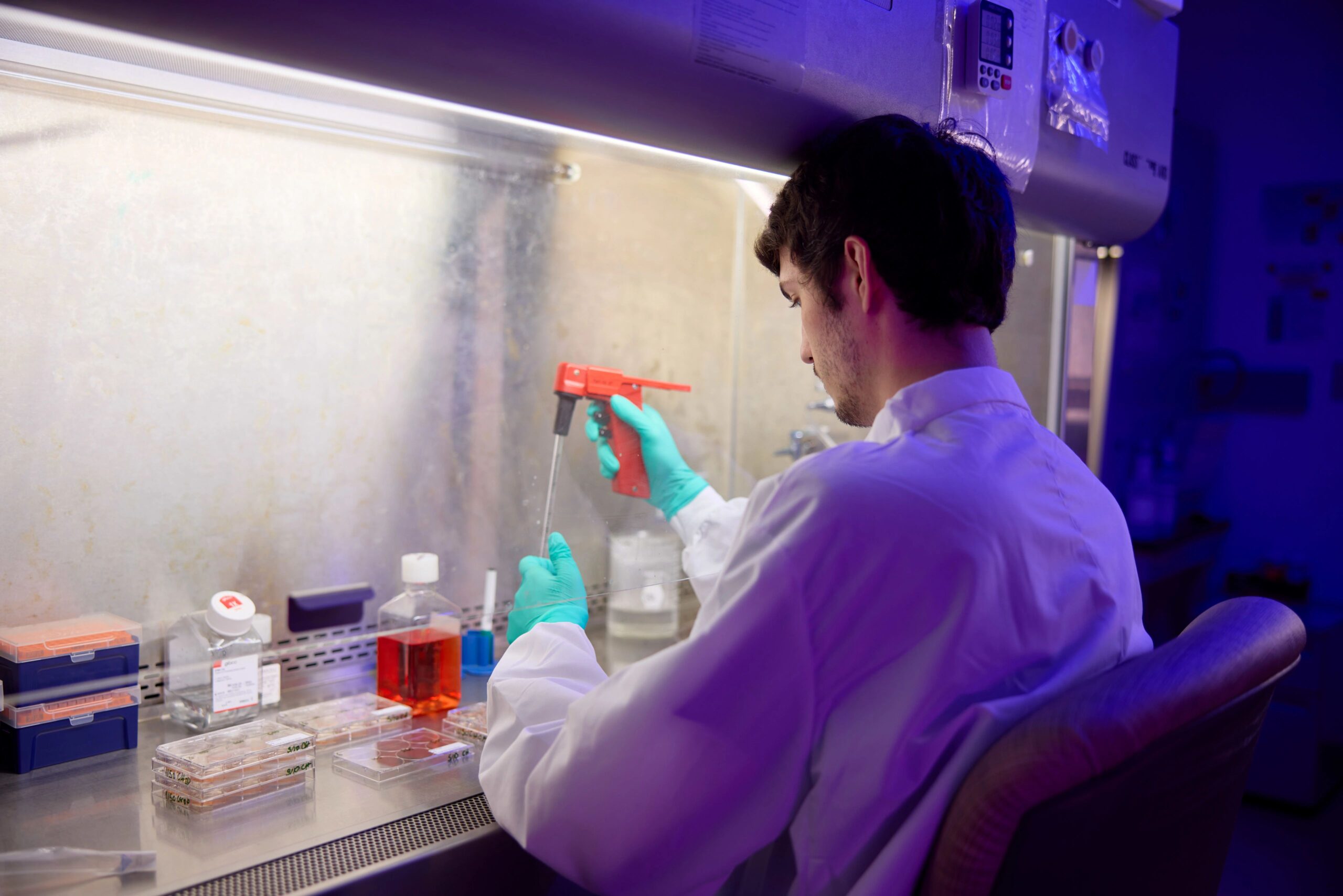
Cincinnati Children’s Pluripotent Stem Cell Facility (PSCF) facilitates and supports research using human pluripotent stem cells (hPSCs). HPSCs are generated from a skin biopsy or blood sample that can be obtained from any patient and, when grown under optimal conditions in petri dishes in the lab, self-renew to provide an unlimited supply of patient-specific stem cells.
What makes hPSCs special is their ability to be induced to turn into any human cell type (e.g. nerves, heart, and skin) in the lab. HPSCs can also be induced to become 3-dimensional mini organ-like tissues, called organoids.
HPSCs represent a renewable research tool with many important applications. For example, hPSCs can be induced to produce human cells/tissues that can be used:
-
- to study the molecular processes that govern human development to understand what goes wrong in congenital disorders
- to understand how genes, microbes, and other environmental factors cause disease, and to and test potential treatments
- to predict how well drugs will work to treat disease and test whether they have any harmful effects
to be developed for potential clinical use in transplantation therapies
As methods to induce hPSCs into different human cell and organoid types have improved, more and more Cincinnati Children’s labs are appreciating the power of this technology to study human development and disease, and are using these tools in their research programs.
Because hPSCs can be converted into any human cell type, the technologies the PSCF supports are successfully used by investigators across the whole spectrum of research expertise throughout Cincinnati Children’s. For example, developmental biologists have used our stem cells to understand how the human GI system develops; gastroenterologists have used stem cells and organoids to identify how certain mutated genes are involved in inflammatory bowel disease; human geneticists are using stem cells to uncover how inherited mutant genes cause neurodegeneration in children; and infectious disease experts are using stem cells and organoids to study how HIV spreads in the brain. Each of these and multiple other research programs have benefitted from working with the PSCF through access to its services. These services include generation of unique stem cell lines from patients, access to training in how to properly grow these stem cells in the lab, and access to expertise in how to turn stem cells into organoids.
“This is an exciting time to be involved in stem cell research at Cincinnati Children’s,” said Chris Mayhew, PhD, director of the PSCF, associate professor, Division of Developmental Biology, Center for Stem Cell & Organoid Medicine (CuSTOM). “The institution has some of the best developmental and stem cell biologists in the world, and the PSCF is privileged to support their studies.”
Using these stem cell technologies, however, is complex and labor intensive. The mission of PSCF is to remove barriers so that investigators can successfully use these hPSC technologies in their research programs.
The PSCF has played an important role in the growth of human pluripotent stem cell research at Cincinnati Children’s over the last 15 years. This growth has culminated in the adoption of Stem Cells and Organoid Medicine as one of the seven research priority areas of the Cincinnati Children’s Research Foundation strategic plan, and the formation of CuSTOM.
DON’T MISS A POST:
-
SUBSCRIBE TO THE RESEARCH HORIZONS NEWSLETTER
-
FOLLOW CINCINNATI CHILDREN’S RESEARCH FOUNDATION ON TWITTER/X: @CINCYRESEARCH



